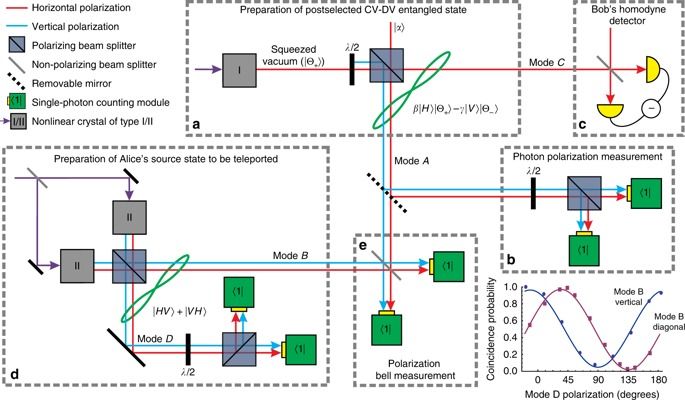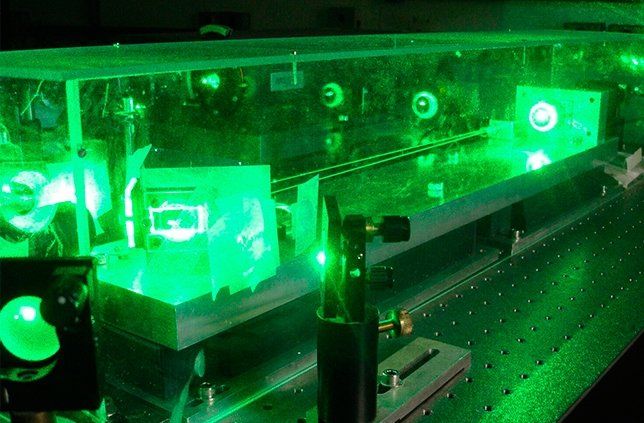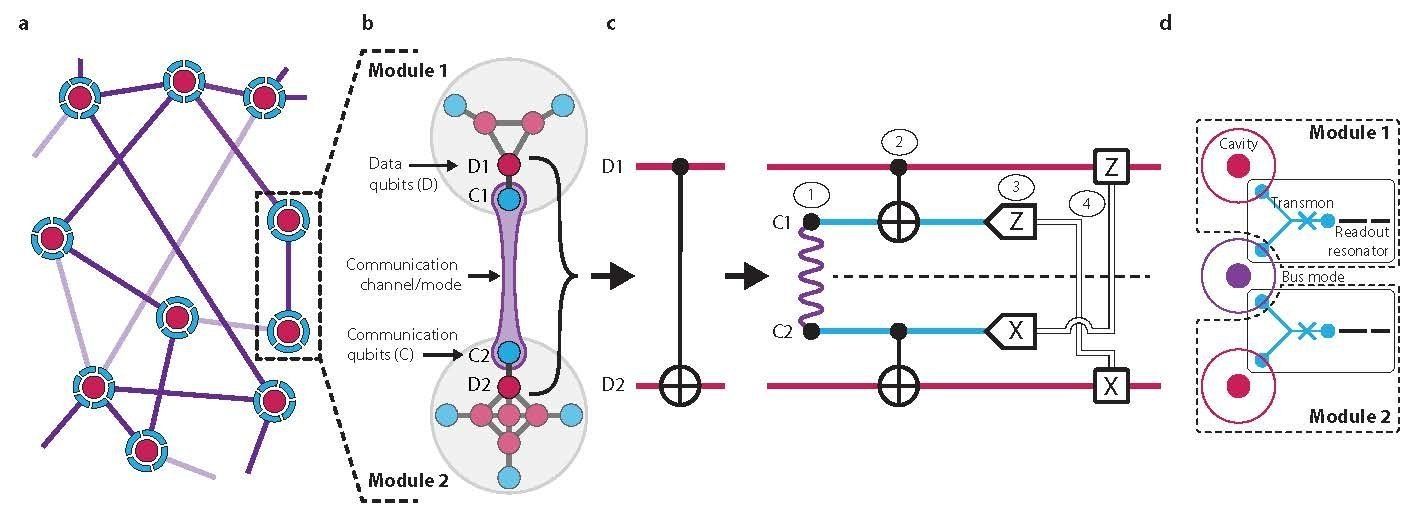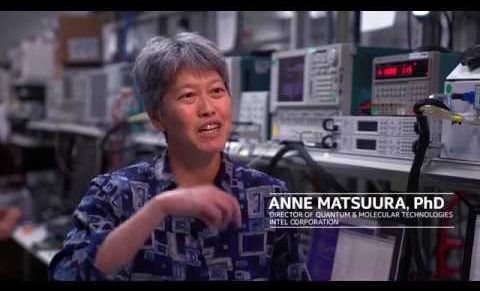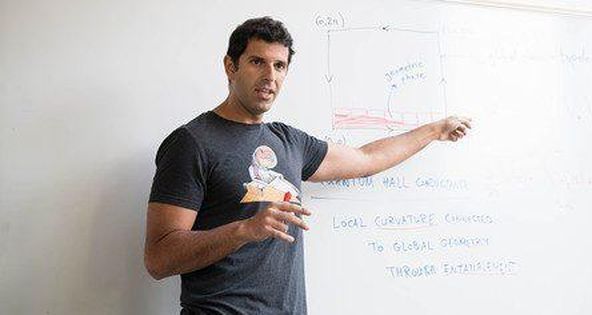Austrian physicist Erwin Schrödinger (1887−1961), one of the giants of contemporary science, considered entanglement the most interesting property in quantum mechanics. In his view, it was this phenomenon that truly distinguished the quantum world from the classical world. Entanglement occurs when groups of particles or waves are created or interact in such a way that the quantum state of each particle or wave cannot be described independently of the others, however far apart they are. Experiments performed at the University of São Paulo’s Physics Institute (IF-USP) in Brazil have succeeded in entangling six light waves generated by a simple laser light source known as an optical parametric oscillator.
Articles about these experiments have been published in Physical Review Letters and Physical Review A. The experiments are highlighted in a special news feature posted online.
“Our platform is capable of generating a massive entanglement of many optical modes with different but well-defined frequencies, as if connecting the nodes of a large network. The quantum states thus produced can be controlled by a single parameter: the power of the external laser that pumps the system,” said Marcelo Martinelli, one of the coordinators of the experiments. Martinelli is a professor at IF-USP and the principal investigator for the project.
Read more
